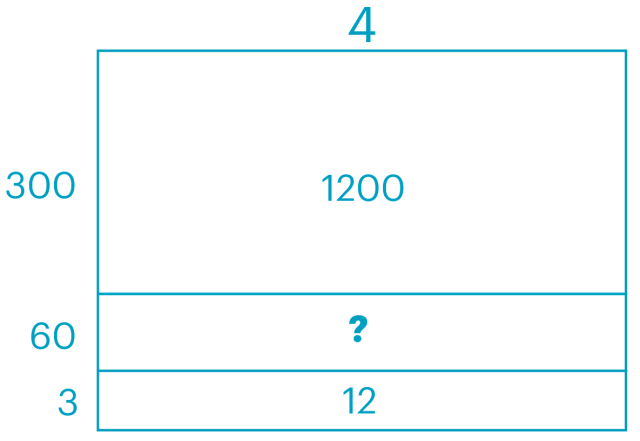Could You Handle the Brutal New Test Oregon Students Face?
Shhh! Between spring break and mid-May, Oregon students in third through eighth and 11th grades might be consumed by the state’s new Smarter Balanced tests. The standardized gauntlet of computer-adaptive math problems, base-10 place values, and multitiered reading questions would tax the brains of most adults.
If you want mindboggling, though, consider the politics behind the test.
Start here: the federal No Child Left Behind Act (2002, Dubya—remember?) required schools to meet certain testing benchmarks—particularly among certain student populations—or face sanctions. And then came the Common Core curriculum standards. Developed at the behest of the US Department of Education in 2009 by a Gates Foundation–funded private coalition, Common Core establishes national baselines tied closely to testing and spotting achievement gaps. (Forty-eight states adopted the plan; a few have since unadopted it.) So in 2014, Oregon scrapped its old test, in favor of Smarter Balanced, a set of tests designed with Common Core in mind.
The new tests are, put bluntly, really hard. Scores from last spring were mixed. Many parents opted not to have their kids take the tests, for political or other reasons. Teachers devoted an average of 24 classroom hours to prep work and testing, and a teachers union survey found that 83 percent found the new tests “very disruptive.”)
Take a yoga breath, because we’re still going: in December, Congress scrapped No Child Left Behind and largely restored authority over underperforming schools to states. Which means that Oregon could rewrite the whole rule book on how and when test results influence school rankings, funding, and intervention.
Meanwhile, students still have to take this thing: below, two questions from the fifth-grade test. Let’s hope everyone gets an A for effort.
SAMPLE QUESTION #1

Jasmine solves the equation [?]÷ 4 = 363 using this area model.
Which statement explains how Jasmine should solve for the missing number in the model?
- Jasmine should divide 60 by 4.
- Jasmine should divide 1200 by 12.
- Jasmine should multiply 3 times 60.
- Jasmine should multiply 4 times 60.
SAMPLE QUESTION #2
Following a 600-word passage titled “A Cure for Carlotta,” students are asked seven
multiple-choice questions. Here are two:
Which of these inferences about Enzio is supported in the text?
- Enzio resented having to move to America.
- Enzio felt confident about moving to America.
- Enzio cared more about fishing than moving to America.
- Enzio felt a sense of loss thinking about his move to America.
Which sentence from the text best supports your answer? Select one.
- “The smell of the sea was familiar and comforting.”
- “There were more people on board than lived in his entire village back home in Trevilla.”
- “Enzio clattered down the iron steps to the steerage deck and dove into his bunk.”
- “Gone was the Mediterranean blue he’d always taken for granted.”






